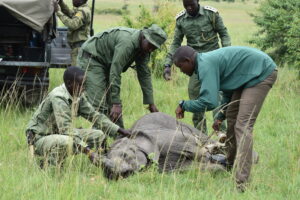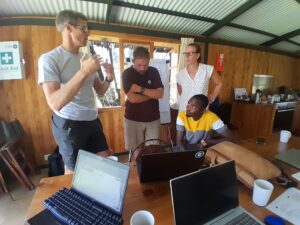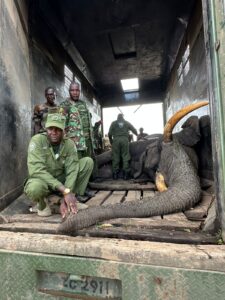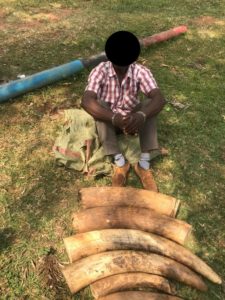 In February, Mara Elephant Project’s intelligence led to the arrest of two total suspects in possession of 69.4 kg of ivory. On February 7, MEP’s intelligence team and Kenya Wildlife Service (KWS) made an arrest on the Kenya/Tanzania border and seized 42.2 kg of ivory. During the arrest, one of our officers was minorly injured when the suspect tried to unsuccessfully escape. Then, just a week later on February 16, on the border again, MEP’s intelligence team alongside KWS arrested one suspect with five pieces of elephant tusks weighing 27.2 kg.
In February, Mara Elephant Project’s intelligence led to the arrest of two total suspects in possession of 69.4 kg of ivory. On February 7, MEP’s intelligence team and Kenya Wildlife Service (KWS) made an arrest on the Kenya/Tanzania border and seized 42.2 kg of ivory. During the arrest, one of our officers was minorly injured when the suspect tried to unsuccessfully escape. Then, just a week later on February 16, on the border again, MEP’s intelligence team alongside KWS arrested one suspect with five pieces of elephant tusks weighing 27.2 kg.
The two arrests and ivory seizures in February.
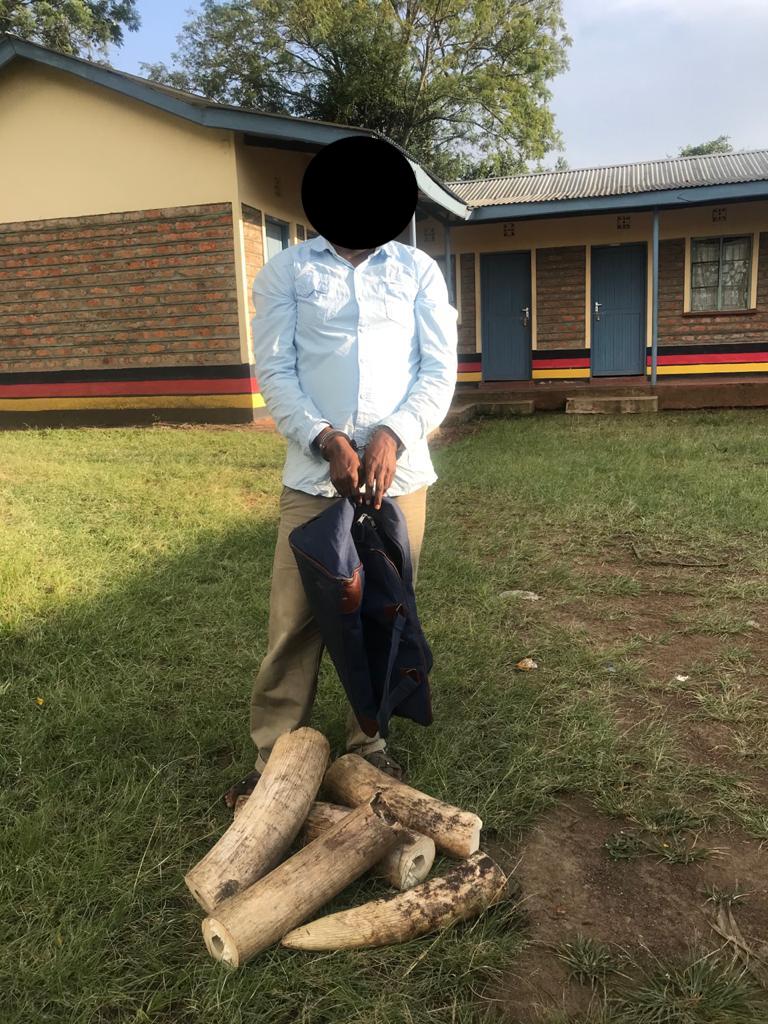
February was a very wet month in the Greater Mara Ecosystem (GME) and it continues to stay green and beautiful despite last year’s forewarnings of drought. MEP’s rangers stationed in the field had to deal with increasingly impassable roads, wet camp sites and overflowing rivers all while continuing their efforts.
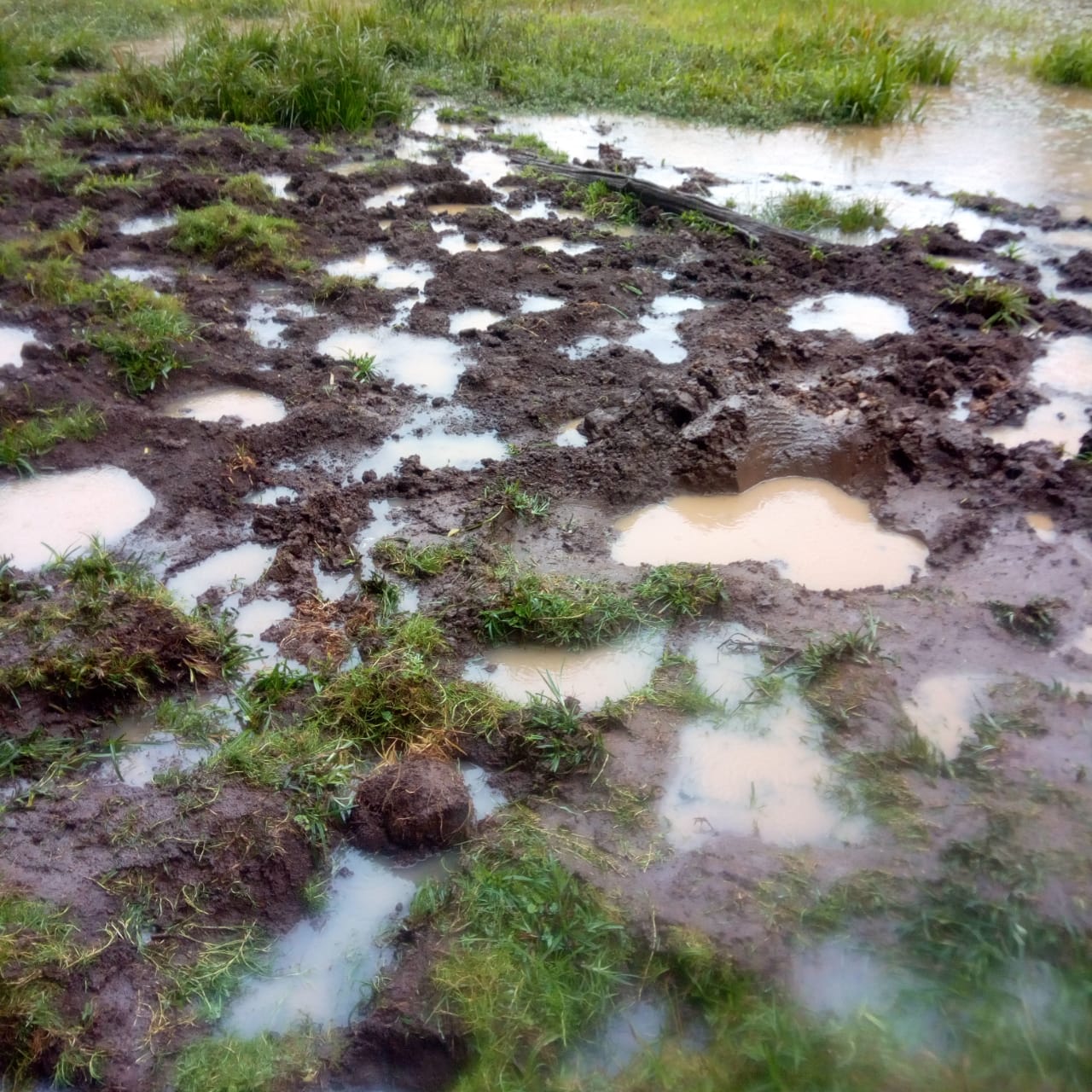
Wet elephant tracks in February.
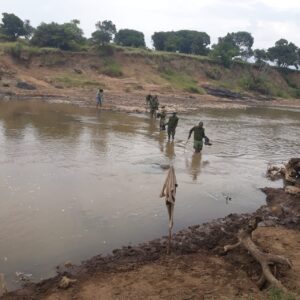 In the early morning hours of February 6, MEP rangers got a call from community members in the Emarti area that elephants had been in their farms overnight and left behind a lot of damage. We responded immediately despite the heavy rains the night before (pictured left) to help assess the damage, take note of the extent and come up with a plan for increased protection so it doesn’t happen again. On February 12, MEP rangers responded when elephants destroyed a strong metal electric fence surrounding Olemoncho School. They broke trees outside of the fence to bring both the fence and its electrical system down to then easily pass-through school grounds. Luckily no one but the fence was hurt, and MEP rangers responded to help. On February 5, MEP’s rangers were called into Ngoswani Center when a group of bulls had gotten stuck inside a fence. After the ranger’s efforts on the ground weren’t moving the bulls and tensions were rising, the leased MEP helicopter was called in to quickly move the bulls to safety. Overall, there were seven total conflict incidents MEP rangers responded to in February.
In the early morning hours of February 6, MEP rangers got a call from community members in the Emarti area that elephants had been in their farms overnight and left behind a lot of damage. We responded immediately despite the heavy rains the night before (pictured left) to help assess the damage, take note of the extent and come up with a plan for increased protection so it doesn’t happen again. On February 12, MEP rangers responded when elephants destroyed a strong metal electric fence surrounding Olemoncho School. They broke trees outside of the fence to bring both the fence and its electrical system down to then easily pass-through school grounds. Luckily no one but the fence was hurt, and MEP rangers responded to help. On February 5, MEP’s rangers were called into Ngoswani Center when a group of bulls had gotten stuck inside a fence. After the ranger’s efforts on the ground weren’t moving the bulls and tensions were rising, the leased MEP helicopter was called in to quickly move the bulls to safety. Overall, there were seven total conflict incidents MEP rangers responded to in February.

The damaged school fence.
The rain in the Mara has meant a lot of ripe farms that many of KWS and MEP’s collared elephants have taken advantage of in February. Ivy was staging during the day with her herd of 20 in thick brush nearby farms, then going in at night. Fitz was in the Nyakweri Forest for most of February doing the same, spending the day in thick parts of the forest and heading out to open areas to crop raid at night. Ritan was doing the same over in the Chemesusu Forest and Matali was largely at the bottom of Lemek Hills and at night he broke geo-fences, crossed roads and made inroads into the human settlements. Lempiris was in the community lands around Ngosuani for the entire month of February. Fred has been traversing Mara North, Lemek and Olchoro conservancies for most of February, keeping close to Mara River. He made brief ventures into the MMNR and Oloisukut Conservancy for three days and back. Several low-speed alerts were received from his collar and upon checking on him, MEP team found him doing fine, as you’ll see below.
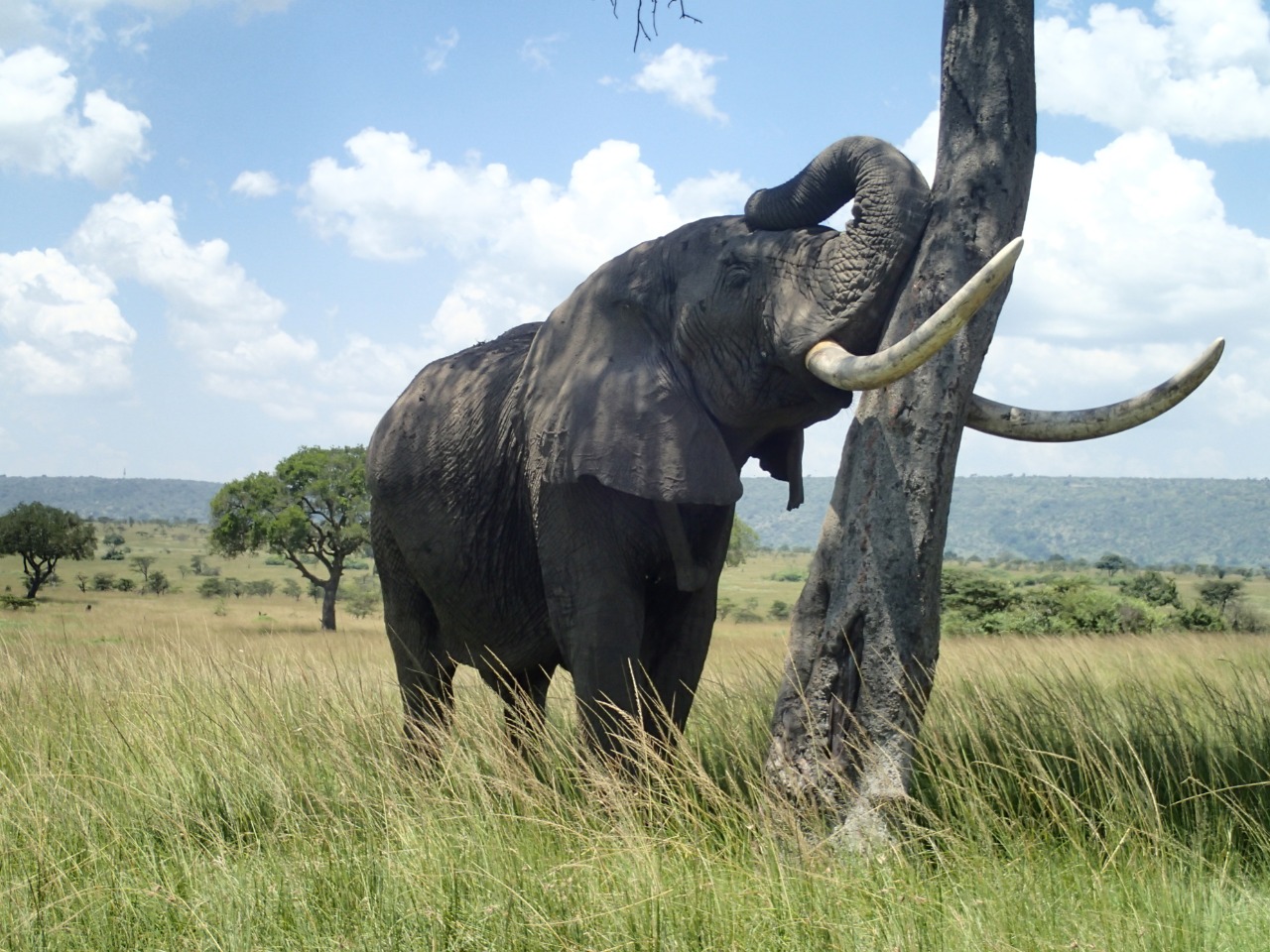
Fred enjoying a good scratch against a tree in February.
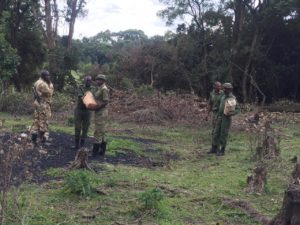 On February 3, MEP joined with our partner Seedballs Kenya to distribute seedballs that were given by generous donors in the Nyakweri Forest (pictured left). They included three naturally occurring species acacia gerradii, acacia seyal and olea Africana. Our actions were highlighted by the Nation. MEP rangers joined KWS and Olarro Conservancy rangers to help combat the rise in bushmeat poaching activities. This team was deployed to the corridor linking Olarro to Olkinyei Conservancy and their efforts proved successful by removing snares and confiscating charcoal.
On February 3, MEP joined with our partner Seedballs Kenya to distribute seedballs that were given by generous donors in the Nyakweri Forest (pictured left). They included three naturally occurring species acacia gerradii, acacia seyal and olea Africana. Our actions were highlighted by the Nation. MEP rangers joined KWS and Olarro Conservancy rangers to help combat the rise in bushmeat poaching activities. This team was deployed to the corridor linking Olarro to Olkinyei Conservancy and their efforts proved successful by removing snares and confiscating charcoal.
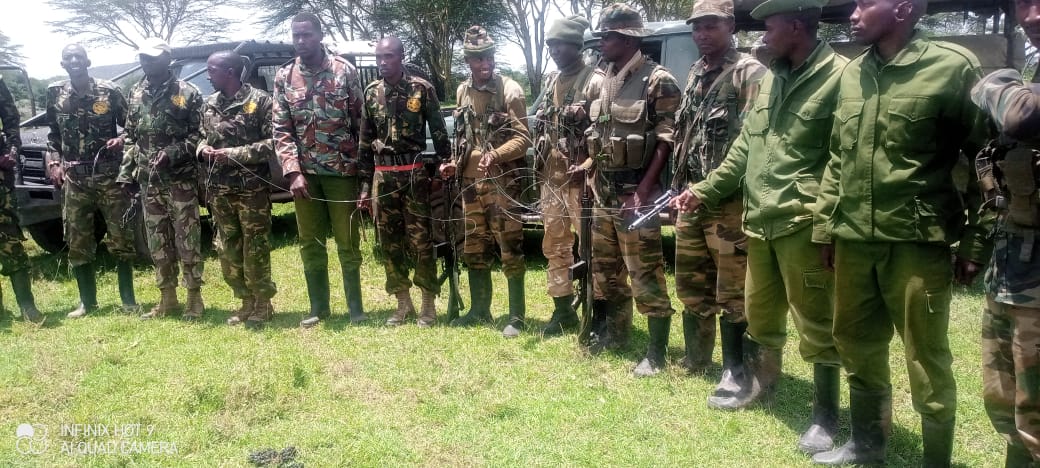
The joint Olarro patrol mission to remove snares.
In total, in February, MEP rangers arrested one bushmeat poaching suspect, confiscated 5 kg of bushmeat and removed two snares. Eight habitat destruction suspects were arrested, three power saws confiscated, seven kilns destroyed, and 490 posts recovered.
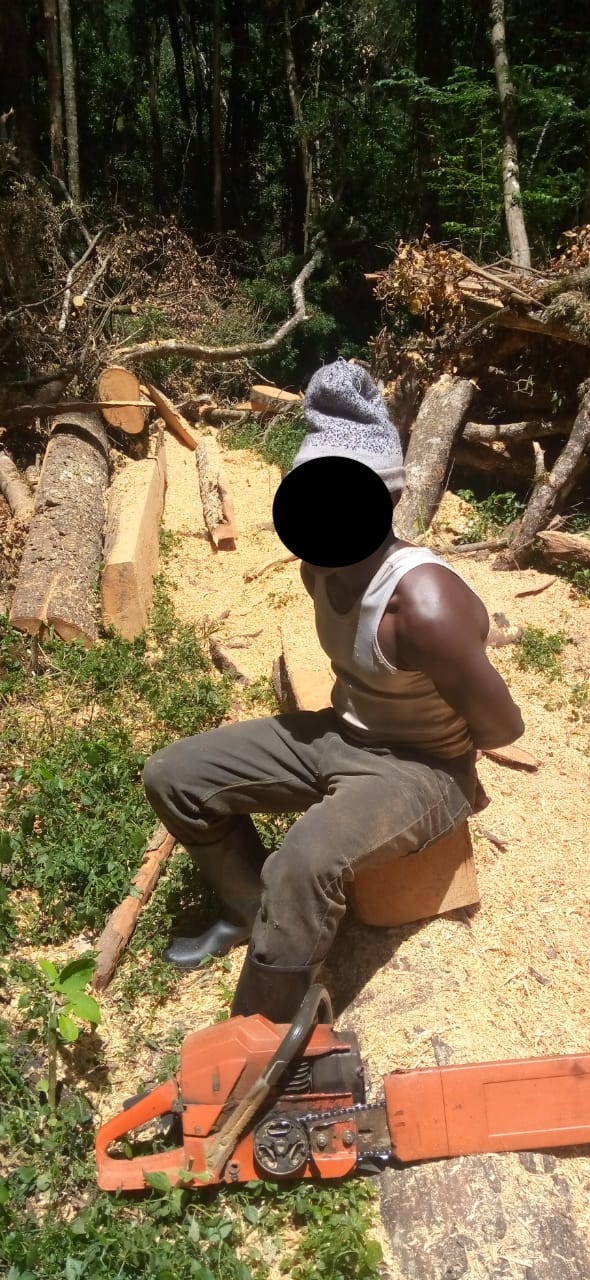 One suspect arrested for illegal logging and power saw confiscated.
One suspect arrested for illegal logging and power saw confiscated.
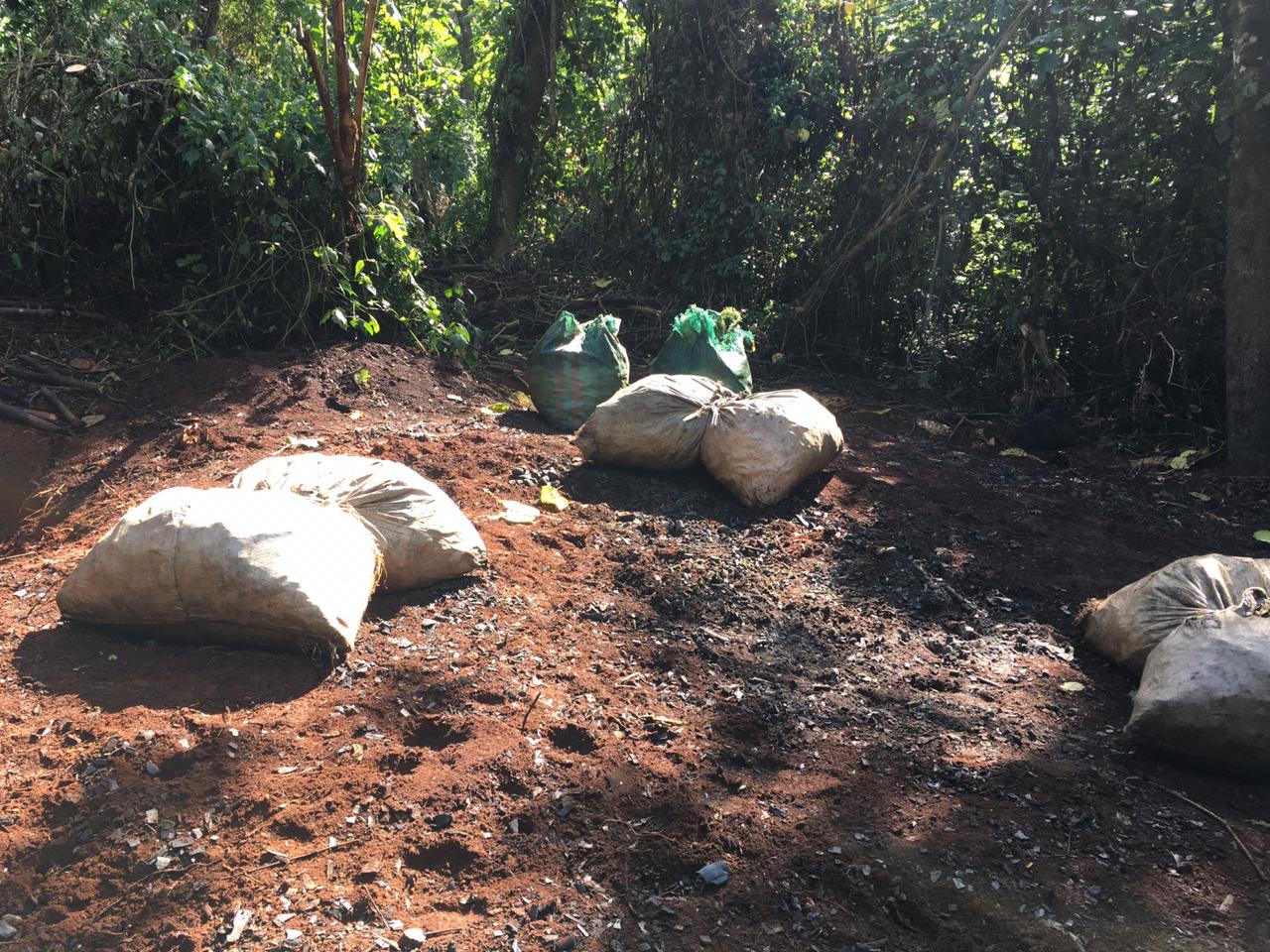 Charcoal bags recovered and kilns destroyed in February.
Charcoal bags recovered and kilns destroyed in February.
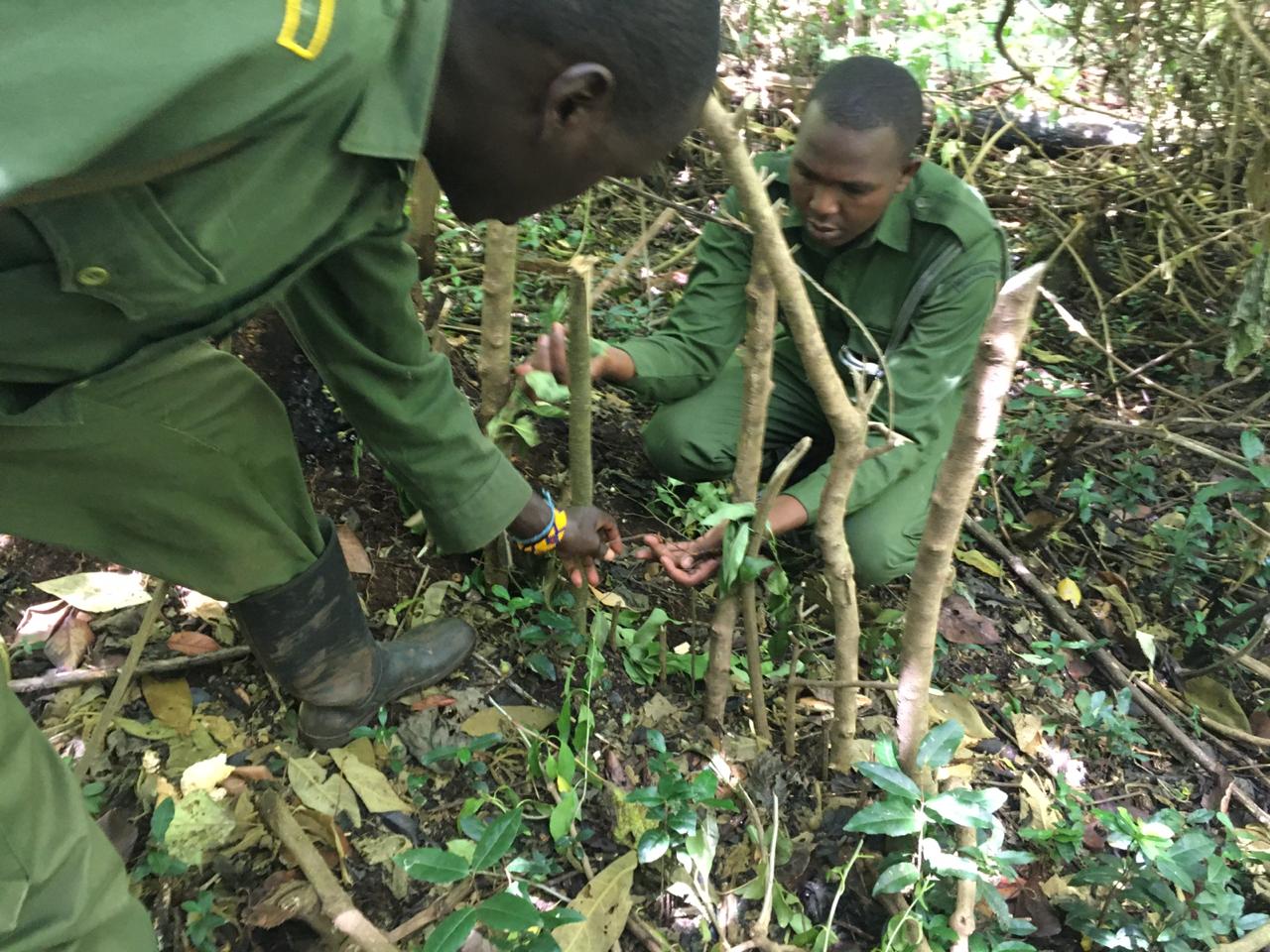
Rangers removing snares.
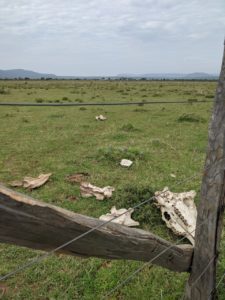 A very good article on the fencing situation was published this month by Joseph Ogutu and collaborators. MEP’s fence data is becoming increasingly important in tackling this growing environmental issue. In February, MEP’s research assistants mapped an additional 277.1 km of fences. pictured left: Research field assistants noted bones in fences during the month of February.
A very good article on the fencing situation was published this month by Joseph Ogutu and collaborators. MEP’s fence data is becoming increasingly important in tackling this growing environmental issue. In February, MEP’s research assistants mapped an additional 277.1 km of fences. pictured left: Research field assistants noted bones in fences during the month of February.
MEP had 18 amazing entries in the Greatest Maasai Mara photo competition for February. Thank you to all of the photographers for your support. MEP received donations from Foreningen Forsavara Elefanterna and we also received the first installment of a new grant from the Smithsonian Conservation Biology Institute and the Indianapolis Zoological Society, Inc.

A February entry by photographer Edouard Wenseleers in the GMM photo competition.
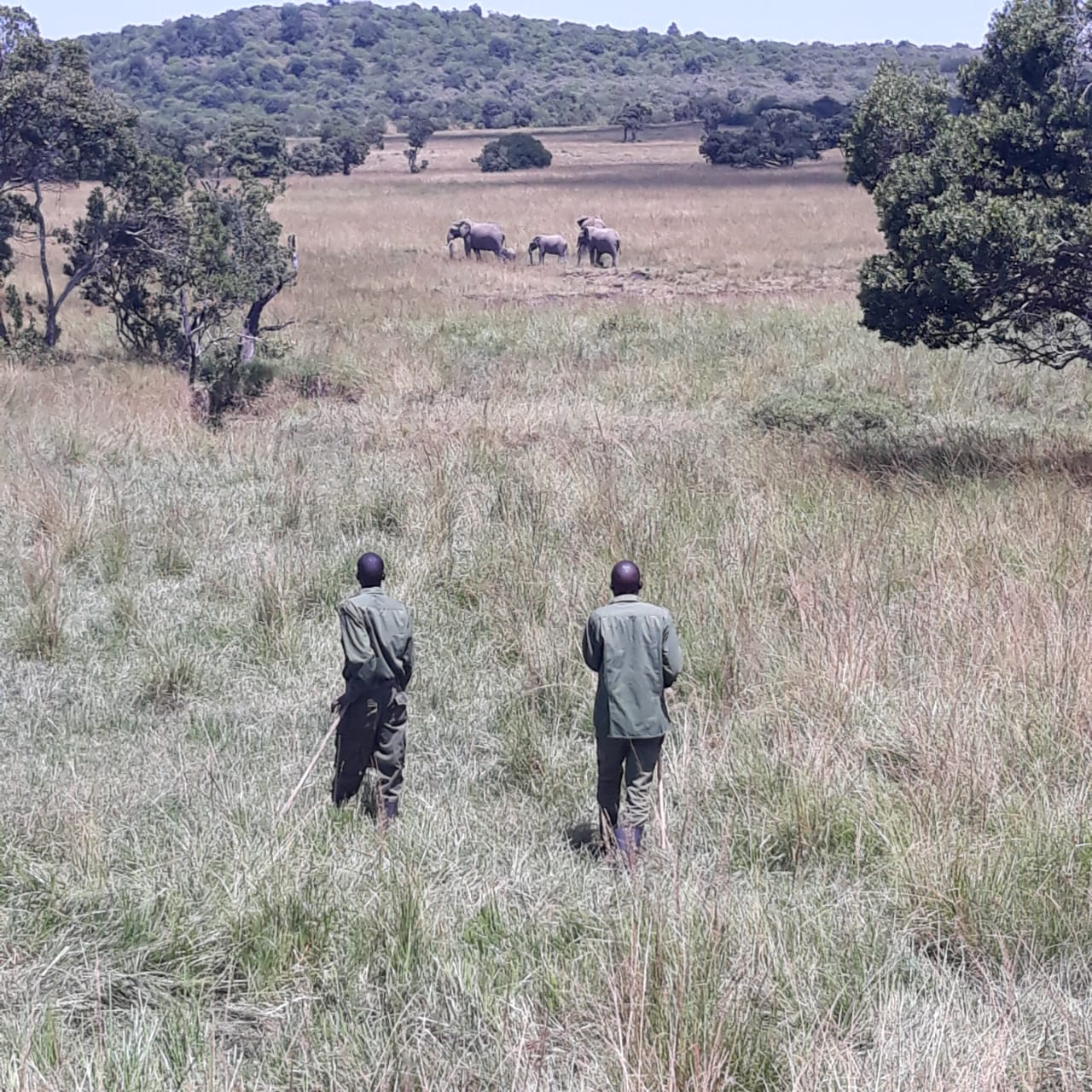
Finally, during the first week of February, MEP rangers spotted a brand new, maybe only days old, baby elephant (pictured above). Right now, the Mara is nice and green so there is a lot of food for their moms to make milk.
